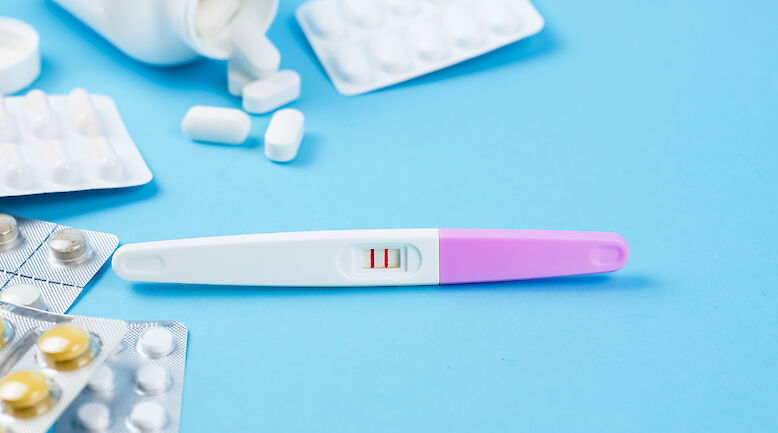English summary: Effectiveness of the ten-valent pneumococcal Haemophilus influenzae protein D conjugate vaccine (PHiD-CV10) against invasive pneumococcal disease: a cluster randomised trial

Background
The first seven-valent pneumococcal conjugate vaccine licensed over ten years ago has shown high effectiveness against invasive pneumococcal disease (IPD) in various countries. The main objective of the Finnish Invasive Pneumococcal disease (FinIP) vaccine trial was to demonstrate the effectiveness of a newly licensed second pneumococcal vaccine comprising ten serotype-specific polysaccharides conjugated to Haemophilus influenzae protein D, tetanus and diphtheria toxoid carriers (PHiD-CV10) against IPD in a clinical trial setting.
Methods
The trial was designed as a prospective, cluster-randomised, double-blind controlled field trial. Children younger than 19 months of age received PHiD-CV10 in two thirds of the study clusters (N=52) or hepatitis vaccines as control in 26 clusters. Infants younger than 7 months of age at the first vaccine dose were randomised to receive either a 3+1 or a 2+1 vaccination schedule, children 7-11 months of age were administered a 2+1 schedule, and those 12-18 months of age a two-dose schedule. The primary objective was to assess the vaccine effectiveness against culture-confirmed IPD due to any of the ten vaccine serotypes for the 3+1 schedule in children who received at least one PHiD-CV10 dose before 7 months of age. The first secondary objective was the same for the 2+1 schedule. Blinded follow-up for IPD started at the first vaccination for each child (from February 2009 to October 2010) and ended on January 31, 2012. Invasive disease data were collected from the national infectious diseases register.
Results
Altogether 47,366 children were enrolled and 30,527 participants under 7 months of age at first vaccine dose were included in the analysis of the primary and first secondary objectives. Altogether 13 culture-confirmed cases of vaccine-type IPD were found: none in the PHiD-CV10 3+1 group, one in the PHiD-CV10 2+1 group, and 12 in the control groups. The vaccine effectiveness estimates were 100% (95% CI 83-100) for PHiD-CV10 3+1 and 92% (58-100) for PHiD-CV10 2+1 groups. Two cases of any culture-confirmed IPD irrespective of serotype were detected in the combined PHiD-CV10 infant cohorts compared with 14 in the respective control cohorts (vaccine effectiveness 93%, 75-99). The absolute rate reduction was 61 IPD cases per 100,000 person-years, which transforms into an NNV (Number Needed to Vaccinate) of 820 to prevent one IPD case during two years of follow-up. In catch-up cohorts, altogether seven cases of IPD were reported, all in the control group: two cases occurred in the children enrolled at 7-11 months of age; and five cases in children enrolled at 12-18 months of age. No safety concerns were detected during the trial using a passive national vaccine adverse reaction register.
Conclusions
This large nation-wide study demonstrated high effectiveness of the PHiD-CV10 vaccine against IPD when given in different schedules. For the first time, the effectiveness of the infant 2+1 schedule which is being used in many national vaccination programmes was shown in a clinical trial setting.












